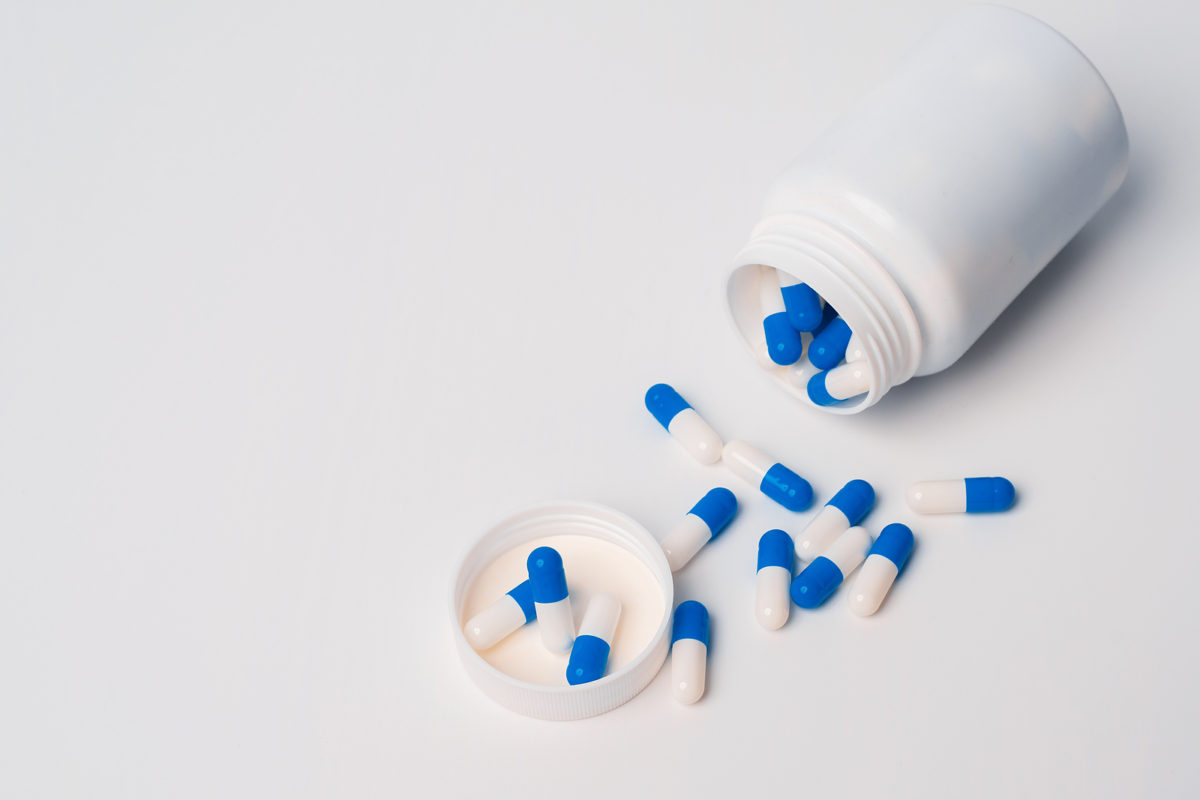It is thought that upper dermal mast cells are a part of the pathogenesis of melasma. Pathogenesis describes the manner of the development of a disease. Key treatments for melasma reduce mast cells in the upper layers of the skin (such as tranexamic acid and corticosteroids). Stabilizing mast cells is one possible treatment target for treating melasma. Recent research has focused on the drugs ketotifen and famotidine as possible treatment focused on the involvement of mast cells.
Recent Placebo-Controlled Study
A recent double-blind trial included 68 women with melasma. The study was published in the Journal of the European Academy of Dermatology and Venereology in September 2021. The study used the Modified Melasma Severity Index (MMSI) to monitor the results of treatment. One group was given ketotifen and famotidine with sunscreen, while the other group was given sunscreen and a placebo. At the end of 60 days, the treatment group had a greater reduction in severity of melasma based on the MMSI scores. In the treatment group, more patients also self-reported an improvement in their symptoms.
Melasma is characterized by epidermal pigmentation changes that result in symmetrical patches often brown or discolored skin on the face. Even though the changes that are visible are in the epidermis, there is an associated increase in mast cells in the dermis (lower level of skin). The hypothesis of the researchers was that by using the ketotifen/famotidine combination they would be able to stabilize mast cells and reduce the development of melasma when exposed to triggers.
Medications Used in Study
Ketotifen – Ketotifen is noncompetitive H1-antihistamine and mast cell stabilizer. Ketotifen has several applications including in treating asthma, mast cell activation syndrome, and food allergies. In the U.S., ketotifen is not commercially available in an oral form although it can be made by a compounding pharmacy.
Famotidine – Famotidine is a histamine H2 receptor antagonist medication that is sold under the brand name Pepcid for treating gastric ulcers and gastroesophageal reflux disease. Famotidine is commercially available in the form of tablets but may be compounded in alternative dosages.
Melasma and Mast Cells
Melasma is a difficult to treat condition and often it will return even when brought under control. The target of mast cells is interesting because there are numerous existing medications that have an effect on mast cell stabilization and proliferation. Melasma primarily is a condition associated with the epidermis; however there are associated abnormalities in the dermis as well.
Photo-aged skin has been shown to have a significantly increased number of mast cells. Repeated exposure to UV radiation increases the synthesis of mast cell tryptase. This can result in a number of effects that have been documented in research. Elevated mast cells and tryptase levels have been associated with UV induced photoaging, solar elastosis, vascular dilation, and other effects on the skin. These are all features of melasma, which is triggered by exposure to UV radiation. Mast cells then are directly related to the initiation of epidermal pigmentation – the primary visible effect of melasma.
Current and New Treatments
Current treatments for melasma are often topical and include medications like hydroquinone, which is a lightening agent. Hydroquinone inhibits tyrosinase which is a part of melanin production. Hydroquinone is effective but its use is sometimes limited by its side effects – especially at higher concentrations. Many patients with melasma (and other pigmentation conditions) benefit from the use of hydroquinone and other lightening agents. Tranexamic acid is another medication that has been used topically but is also used orally to treat melasma.
Researchers are looking for new oral, systemic medications to treat melasma that have a low side effect profile. Many antihistamines are available that may have an effect on the relation between mast cells and melasma. These medications often have fewer side effects than commonly used treatments. The most common side effect of antihistamines is somnolence (sleepiness), which may go away with regular use.
Future research may look to compare ketotifen and famotidine with similar medications or expand this study to include more participants. Much promising research is being conducted that may start to benefit patients with melasma in the near future.
Articles
Oral ketotifen associated with famotidine for the treatment of facial melasma: a randomized, double-blind, placebo-controlled trial – Journal of the European Academy of Dermatology and Venereology
Heterogeneous Pathology of Melasma and Its Clinical Implications – International Journal of Molecular Sciences

